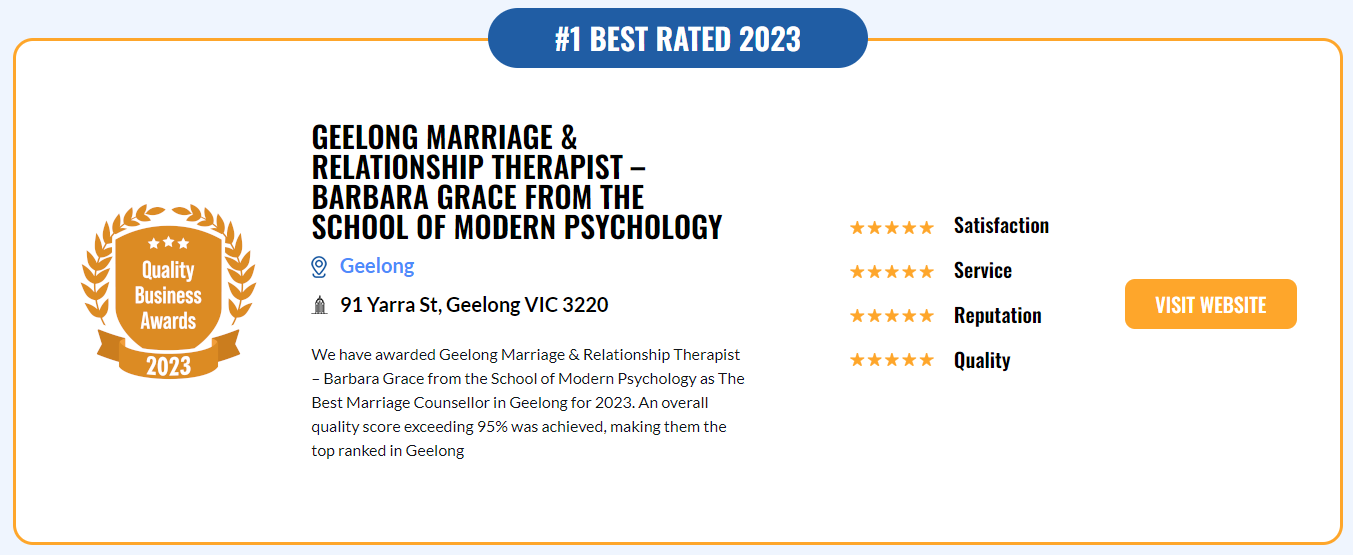How To Calm Stressful Emotions In Your Body (Even If You’re Feeling Trapped In Worry & Anxiety)
/Do you ever hear yourself saying: “What if this worry and anxiety never stops … What if I can’t change things … What if my worst fears are true …” Those thoughts can feel like time bombs in your mind that will keep you feeling stressful emotions in your body. Here’s how to calm them and break the anxiety cycle by using somatic (body work) techniques.
What Are Somatic Techniques?
Somatic techniques help you raise awareness of what’s happening in your body by responding to bodily emotions through movement.
Anxiety is the body’s response to danger and uncertainty - or to something unknown or unfamiliar. Staying with this body response can be a counter-intuitive way to releasing uncomfortable emotions.
Somatic techniques are practical ways to regulate your nervous system so it can return to its baseline physiological equilibrium - its natural resting state.
In this article you’ll hear about 3 somatic techniques you can use to manage anxiety and feelings of overwhelm.
1. Compassionate Practice: Hand on heart gestures
2. Social Engagement System: Personal resources to ‘echo’
3. ‘Anti Anxiety’ Poses: Body responses
Linda Graham, author of Bouncing Back: Rewiring Your Brain for Maximum Resilience and Well-Being says: “What keeps people from overcoming anxiety is that they don’t know that they can … and they don’t know how to. Once you learn how to manage anxiety - and that you can - then you can remember to use some of the tools you have.”
“You can stop believing in the anxiety and start believing in yourself”, she says.
1. Compassionate Practice: Hand on Heart
If you’re experiencing a sense of anxiety, you may be telling yourself a story about what’s causing that anxiety and what you need to do to fix it so you feel better.
It’s an easy trap to fall into (find something to blame and use a go-to release strategy), for example:
“My partner made me angry so to calm myself down I take a few pills.”
“The children are yelling and driving me crazy and all I want to do is shut out the noise by having a drink and a cigarette.”
“My boss places such high demands on me that to cope with the long hours and stress I have a stash of lollies in my drawer that help me feel better.”
“My family expect me to do everything for them so I drink to not think about the problems.”
“I’ve lost my purpose in life, I’m tired all the time, feel useless, have aches and pains and give myself special treats like chocolate to help me feel better.”
The problem with these go-to responses is they end up compounding the problem and creating yet another one to manage.
As Linda Graham says: “When people feel anxiety, the feeling in the body can feel so difficult to manage, because it feels so real - it’s like an emergency is happening right now.”
“When you’re feeling anxious and as if your emotions are spinning out of control the automatic thing is to reach for a quick fix - yet the BEST way of managing these emotions is to open yourself to looking inward.”
Here’s a proven way of bringing yourself to a more balanced equilibrium.
Mindful self-compassion is one of the fastest ways to break the automaticity of anxiety.
Here’s how:
As you notice anxious feelings rise in your body, place your hand on your heart and speak to yourself as if speaking warmly to a young child, for example:
“You’re doing well. You’re doing the best you can. Remember to breathe. In and out. One breath after another. Calmness is here. I’ve got you.”
Allow yourself to feel the ease returning to your body. Stay in this space, speaking gentle and kind words (either out loud or whispered in your mind). Repeat the phrase until you sense your breathing ease, your muscles relax, your face soften and a calmness return.
2. Social Engagement System: Personal resources to ‘echo’
Have you noticed someone in your life you turn to when you feel anxious or worried? Someone who ‘gets you’? Someone who’s number is on speed dial - the person you reach out to when feelings of overwhelm start rising? Someone you feel safe with, loved and cherished by?
As you’re reading, think of this person and bring them to mind.
See their calm face, their relaxed posture, their natural hand gestures.
Hear their gentle tone of voice, the easy rhythms of reassuring sounds.
As you think of this person, imagine they’re here with you.
Allow your body to echo theirs - exhale, let the breath out, breathe in gently, exhale deeply.
Mirror their posture, relaxing your shoulders, moving your head into a more comfortable position.
Open your hands, move your fingers softly, easing any tension in those small muscles.
Echoing a trusted person’s body language is a powerful technique you can draw on. Your body will mirror their body posture and send a message to your brain that you are safe, that any danger once felt is gone and that you can allow your body and mind to relax again.
This simple technique can help your nervous system return to its natural equilibrium.
3. How To Move Your Body Into An ‘Anti-Anxiety’ Pose
It’s hard to know how you look when feeling anxious and worried. Most of us hope that no one sees our anxiety or hears it in our voice, yet … that’s far from the truth.
The truth is that when your fear response is triggered your whole physiology changes:
Muscles on your face tense
Shoulders become hunched
Hands clench
and these subtle shifts get communicated not only to others, but also amplifies our internal anxious state.
In other words our body is ‘doing anxiety’. And this can become a self-perpetuating cycle of fear and tension that magnifies anxiety.
The following exercise is adapted from Natalie Rogers (Carl Rogers’ daughter) and uses the idea that your body ‘knows’ another way of being.
Exercise:
Step 1:
Imagine a situation that usually brings up a sense of anxiety. Allow yourself to experience it for a short time - no longer than 30 seconds - just enough to feel the anxiety so it’s real to you.
Step 2:
Next, allow your body to move in a way that expresses the opposite of what you’re feeling. Don’t overthink this, simply begin moving your arms, torso and/or legs. Let your body guide you. Your movements may be small, they may be fluid and free moving or they may be more expansive. Whatever is right for you.
You’re allowing your body to find a space that’s the opposite of what you’re feeling when anxiety rises. Notice what your body feels like in this state. As you’re noticing this, draw your attention to your facial muscles, your shoulders, neck, back, hands, muscles and breath. Become familiar with this state.
Step 3:
Now return to the anxious feeling and represent this emotion through your body. Again notice how your body responds to this state.
Step 4:
Return to the opposite and more expressive pose. Explore what’s different for you here.
Step 5:
Finally return to a neutral place - somewhere between the expressive pose and the embodiment of anxious feelings.
Amy Cuddy has a TED Talk about using a “Power Pose” to change your emotional state that you may enjoy listening to as well.
Summary:
Somatic techniques are powerful and practical to use when feeling anxious or stressed. They’re counter-intuitive as historically you may have told yourself a ‘story’ about what causes these uncomfortable feelings and what you need to do to relieve them.
While you move outside of your body to find an answer (alcohol, drugs, sex, food) you may be compounding the problem.
Becoming aware of your body and managing tension, anxiety and stress through embodying procedures such as breathing with compassion by placing your hand on your heart, envisioning a compassionate friend and learning an ‘anti-anxiety pose’ help ground you and remind you that you’re in control of uncomfortable emotions. Your emotions don’t control you - you can reverse the anxiety slippery slide.
Use these techniques. Become familiar with them. What are you noticing about yourself, your emotions and your body when using these 3 techniques?
Create a list of helpful action steps in your journal like these, so you know you have useful resources to follow when facing challenging moments.
Please remember, if you’re feeling anxious and need to talk to an experienced therapist, you can do that here.
Read more about how to manage your breathing as a practical tool when experiencing anxiety here.









